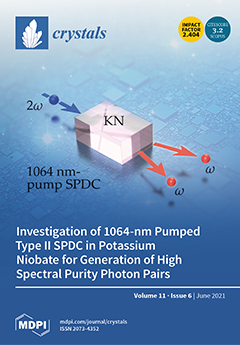The objective of this work was to investigate and demonstrate the pozzolanic properties of the bentonites found at the San José–Los Escullos deposit, located in the southeast of the Iberian Peninsula, to be used in the manufacturing of more durable and environmentally compatible
[...] Read more.
The objective of this work was to investigate and demonstrate the pozzolanic properties of the bentonites found at the San José–Los Escullos deposit, located in the southeast of the Iberian Peninsula, to be used in the manufacturing of more durable and environmentally compatible pozzolanic cements, mortars and concretes. These bentonites are mainly composed of smectites, with montmorillonite as the main clay mineral. They were formed by the hydrothermal alteration of tuffs, volcanic glasses, dacites, rhyolites and andesites. For this research, samples were taken from outcrops on the south, north and west side of the San José–Los Escullos deposit, and in the Los Trancos deposit located 19.3 km to the northeast. All samples consisted of bentonites, except for a zeolite sample taken from the northern flank of the San José–Los Escullos deposit, which was used to contrast and compare the behaviour of bentonite in some of the analyses that were done. An investigation of the mineralogical, petrological, chemical and thermogravimetric characteristics of the samples was carried out using various methods, such as XRD, OA (Oriented aggregates), TGA, XRF, SEM and thin section petrography (TSP). In addition, a chemical analysis of pozzolanicity (CAP) was done at 8 and 15 days to determine the pozzolanic capacity of the samples. XRD, XRF, SEM and TSP studies showed that these bentonites have a complex mineralogical constitution, composed mainly of smectites of the montmorillonite variety, as well as halloysite, illite, vermiculite, biotite, muscovite, kaolinite, chlorite, mordenite, feldspar, pyroxene, amphibole, calcite, volcanic glass and quartz. Thermogravimetric analysis (TGA) established the thermal stability of the bentonites studied at above 800 °C. Chemical analysis of pozzolanicity (CAP) confirmed the pozzolanic character of the bentonites, exhibited in their reactive behaviour with Ca(OH)
2. The pozzolanic reactivity increased significantly from 8 to 15 days. These results show that the materials studied can be used as quality pozzolans for the manufacture of pozzolanic cements, mortars and concretes.
Full article





